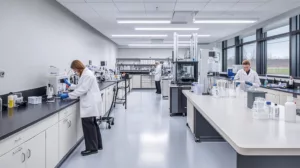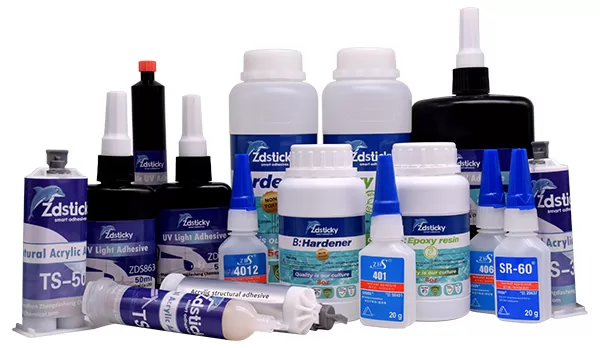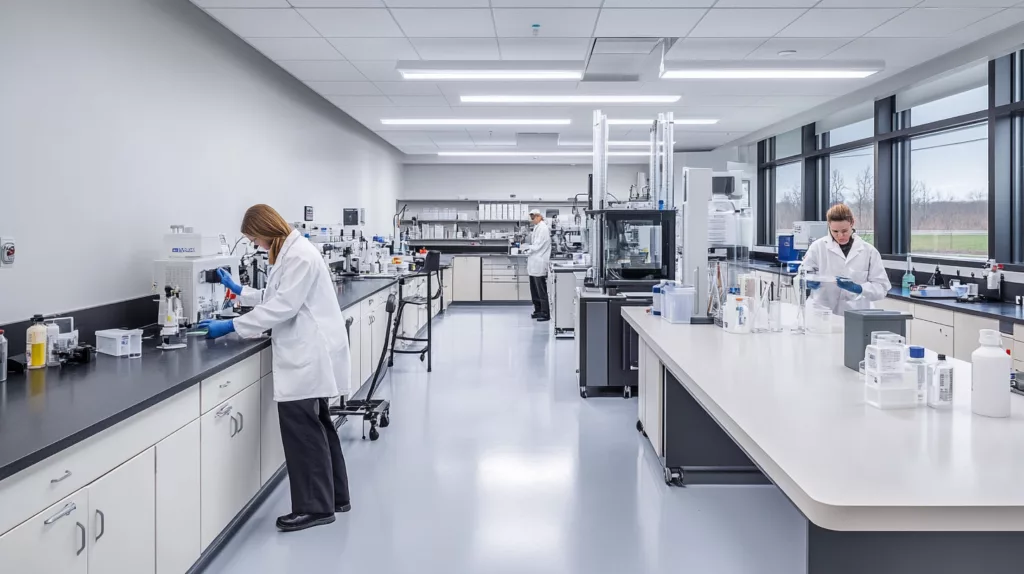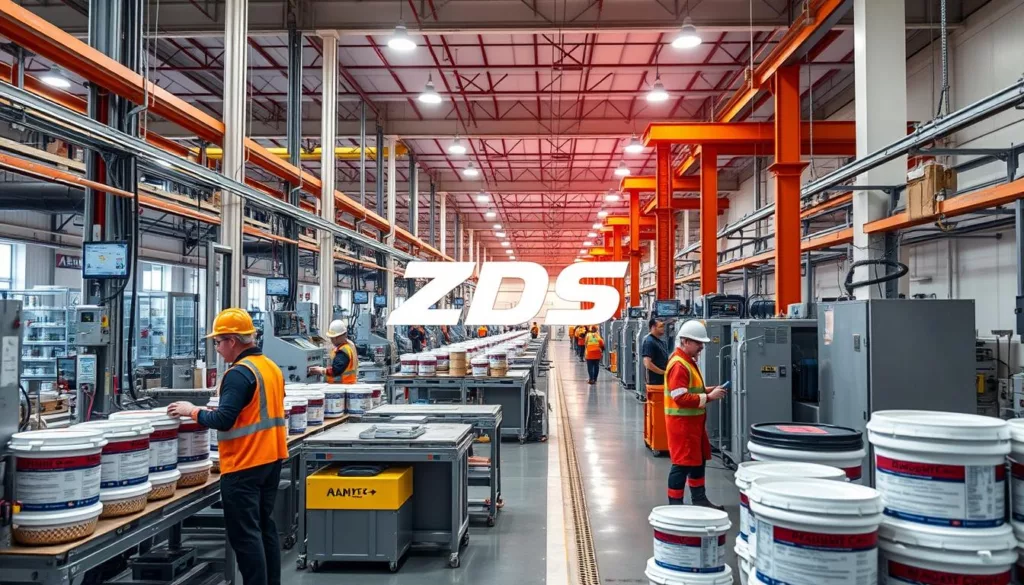As global industries pivot towards sustainability, eco-friendly adhesives are emerging as essential players in the move to greener manufacturing. Companies like ZDS™, a trusted adhesive manufacturer providing innovative bonding solutions, are leading this transformation with a commitment to environmentally responsible technologies.
In this article, we explore the evolution, types, manufacturing processes, and the future of eco-friendly adhesives, and why they matter for industries worldwide.

Why Traditional Adhesives Are Environmentally Harmful
Historically, adhesives have relied heavily on petrochemical-based ingredients, emitting volatile organic compounds (VOCs) that contribute to air pollution and health hazards. Traditional glues also often resist biodegradation, persisting in the environment long after products are discarded.
Switching to sustainable adhesive solutions not only reduces environmental impact but also supports regulatory compliance with tightening global emission standards.
Types of Eco-Friendly Adhesives
Bio-Based Adhesives
Bio-based adhesives are derived from renewable resources such as starches, soy proteins, and lignin. These options drastically reduce carbon footprints compared to their petroleum-based counterparts.
Key Benefits:
- Reduced reliance on fossil fuels
- Lower greenhouse gas emissions
- Biodegradability potential
Biodegradable Glue Options
Biodegradable adhesives break down naturally in the environment, offering an end-of-life solution that minimizes landfill accumulation.
Common Materials:
- Polylactic acid (PLA)
- Gelatin-based formulas
- Cellulose derivatives
Water-Based Adhesives
Water-based adhesives replace harsh chemical solvents with water, significantly lowering VOC emissions during both manufacturing and application.
Advantages:
- Safer for workers
- Better indoor air quality
- Easier cleanup and waste management
Sustainable Manufacturing Practices for Adhesives

Manufacturing eco-friendly adhesives involves rethinking every step of production:
- Raw Material Sourcing: Prioritizing renewable or recycled resources.
- Energy-Efficient Processes: Reducing energy consumption during formulation and curing.
- Minimal Waste Production: Incorporating closed-loop systems that recycle waste.
- Low-Emission Formulations: Designing adhesives that meet or exceed VOC regulations globally.
Leading companies like ZDS™ focus on integrating these practices, aligning innovation with environmental stewardship.
Innovations Driving the Green Adhesive Industry
Innovation fuels the advancement of eco-friendly adhesive manufacturing:
- Nanotechnology: Enhancing adhesive performance while minimizing material usage.
- Bioengineering: Developing adhesive proteins inspired by nature, like those from mussels.
- Smart Adhesives: Creating adhesives that can be easily de-bonded for recycling purposes.
- Circular Economy Integration: Designing adhesives compatible with end-of-life recycling strategies.
These developments are positioning adhesives as key enablers of sustainable product design across automotive, packaging, construction, and electronics industries.
Applications of Eco-Friendly Adhesives Across Industries

Automotive
Automakers use bio-based adhesives to reduce vehicle weight and enhance recyclability, supporting the push toward electric vehicles (EVs).
Packaging
Sustainable packaging relies heavily on compostable and biodegradable adhesives, ensuring that the entire package breaks down naturally.
Construction
Green building certifications increasingly demand low-VOC adhesives for flooring, insulation, and panel installation.
Electronics
As e-waste concerns grow, electronics manufacturers are shifting towards adhesives that allow for easier disassembly and recycling.
Challenges and Opportunities
Challenges:
- Higher cost compared to conventional adhesives
- Performance limitations in extreme environments
- Limited scalability in some sectors
Opportunities:
- Growing eco-conscious consumer base
- Regulatory support and incentives
- Technological advancements bridging performance gaps
The future of eco-friendly adhesives looks promising as innovation and environmental urgency drive broader adoption.
Frequently Asked Questions
What makes an adhesive eco-friendly?
Eco-friendly adhesives are typically derived from renewable resources, emit low or no VOCs, and offer options for biodegradability or recycling compatibility.
Are eco-friendly adhesives as strong as traditional ones?
Advances in materials science have made many sustainable adhesive solutions competitive with conventional glues, especially in controlled environments.
How are companies ensuring the sustainability of adhesive manufacturing?
By using renewable raw materials, optimizing energy usage, minimizing emissions, and adopting circular economy principles.
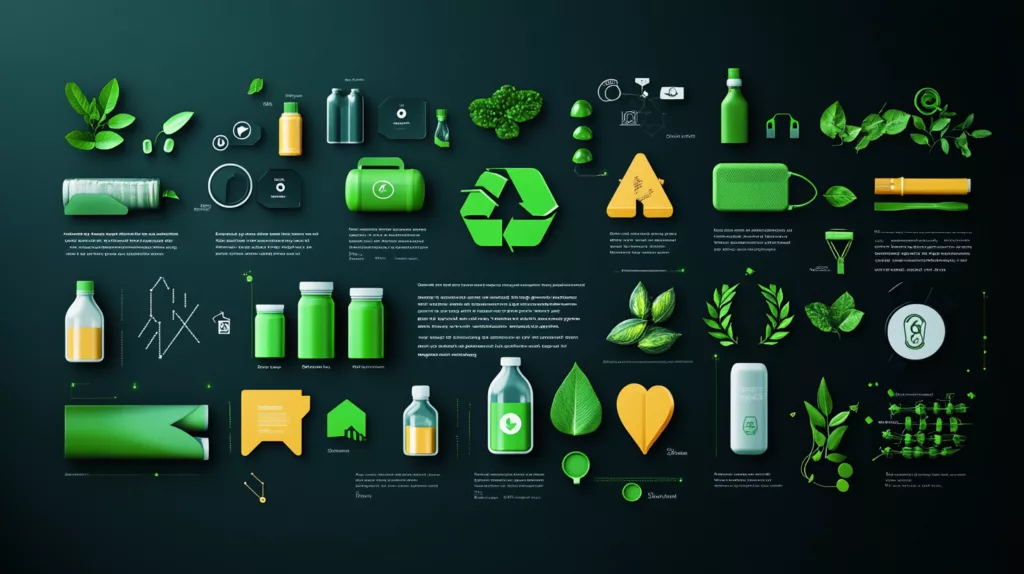
Conclusion: A Greener Bond with ZDS™
As industries evolve, the need for sustainable solutions becomes critical. Eco-friendly adhesives not only support greener manufacturing but also build a foundation for a more sustainable future. Companies like ZDS™, a trusted adhesive manufacturer providing innovative bonding solutions, are at the forefront of this movement—blending technical expertise with environmental responsibility to deliver the adhesives of tomorrow.




